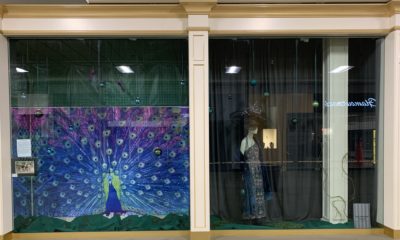MANY THINGS IN THIS world transcend boundaries: art, literature, human rights, science, food, nature and emotions. Though I count many of these among my passions, I’d like to focus on one – design.
Imagine a store’s chaotic, high-energy atmosphere compared to the respectful, serene healing spaces of a doctor’s office. At first glance, they might seem worlds apart, but look closer, and you’ll find that design – specifically human-centered design – is the bridge that connects them.
Human-centered design isn’t confined to one industry or another; it’s a universal language that enhances the human experience no matter the location, application or size of a space. Let’s talk about some commonalities.
The Art of Creating Experiences
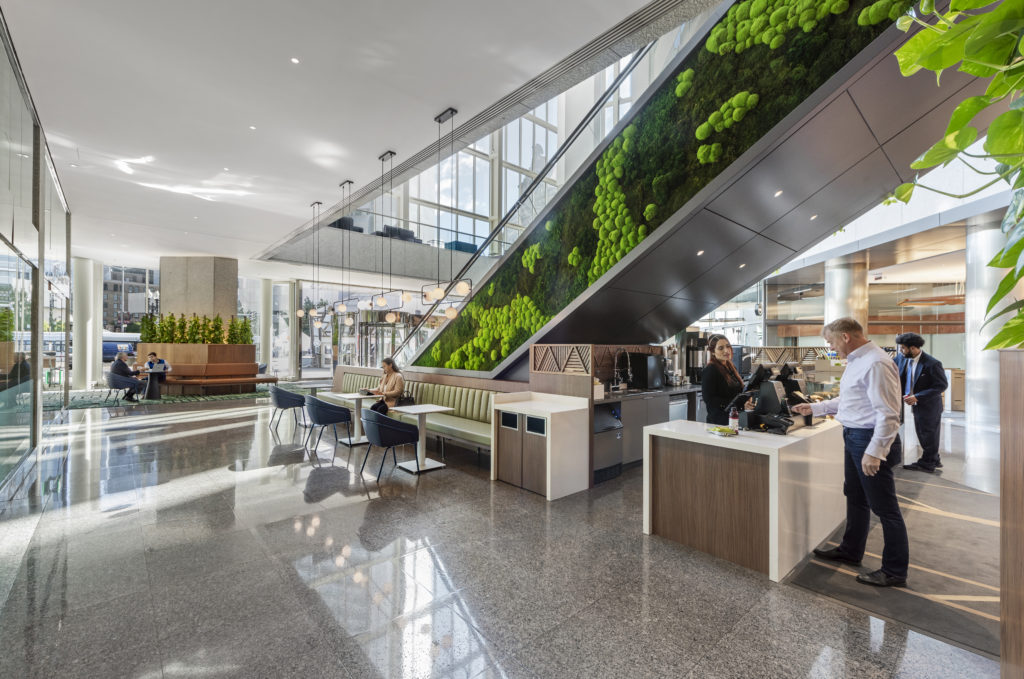
Photography: One Financial, Boston/Courtesy of NELSON Worldwide
Human-centered design is all about creating experiences that put people – humans – at the epicenter of the experience. Whether stepping into a captivating retail space, enjoying a relaxing stay in the hospitality sector, optimizing your workspace for productivity or seeking wellness in a healthcare facility, the essence remains the same. It’s about improving people’s lives by delighting, informing, and engaging them and their unique needs. It’s about designing environments that heal, guide, uplift or fuel productivity.
Personalization and Human-Centered Design
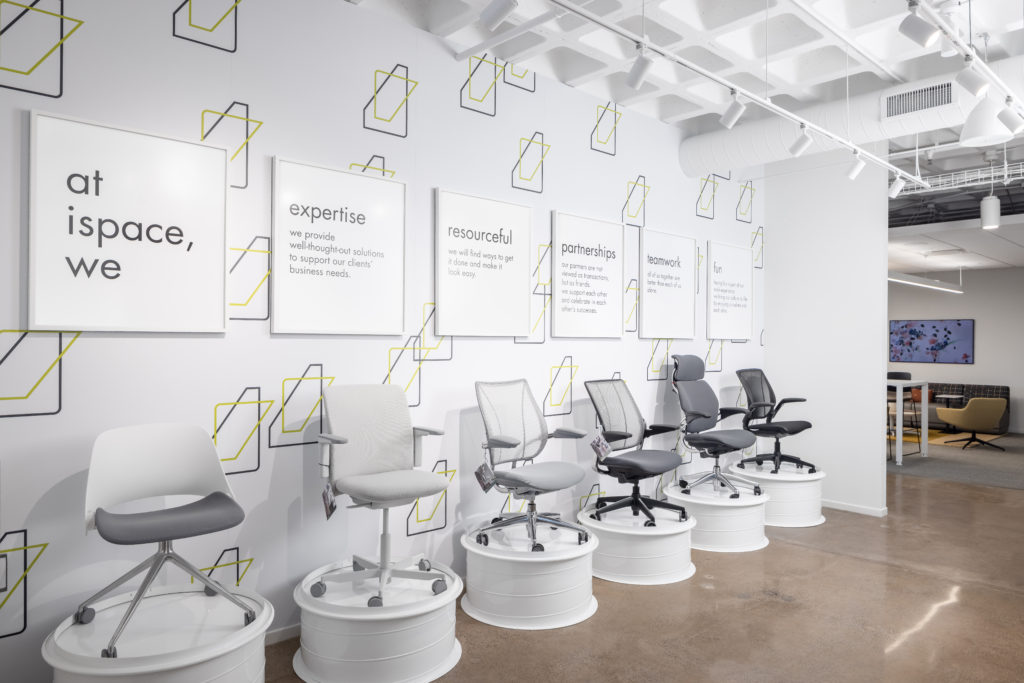
ispace, Minneapolis/Photography: Courtesy of NELSON Worldwide
Personalization – enabling the customization of the experiences to individual preferences and needs – is a fundamental component of design. Brands that incorporate personalization into the design of their experiences see a significant 10-20 percent increase in satisfaction. This trend is evident across various industries, illustrating the shared human desire for recognition and individualism in a “me”-centric world.
Seamless Journeys and Wayfinding
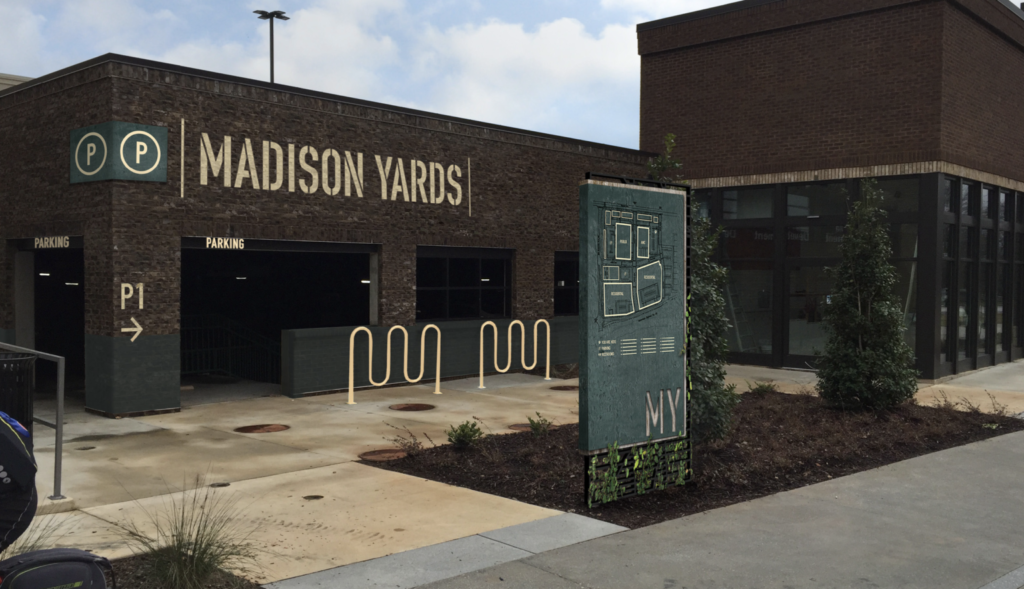
Madison Yards, Atlanta / Photography: Courtesy of NELSON Worldwide
Have you ever struggled to navigate a hotel, searched for the restrooms in a workplace, been lost in a store or been challenged to find your way around a hospital? Effective wayfinding ensures visitors can effortlessly navigate spaces, whether hunting for the latest gadget, going to a doctor’s appointment or navigating the new hotel property where they’ll spend their vacation week. A well-designed wayfinding system reduces confusion and stress levels, enhancing the user experience, according to the International Sign Association.
Tech as an Enabler
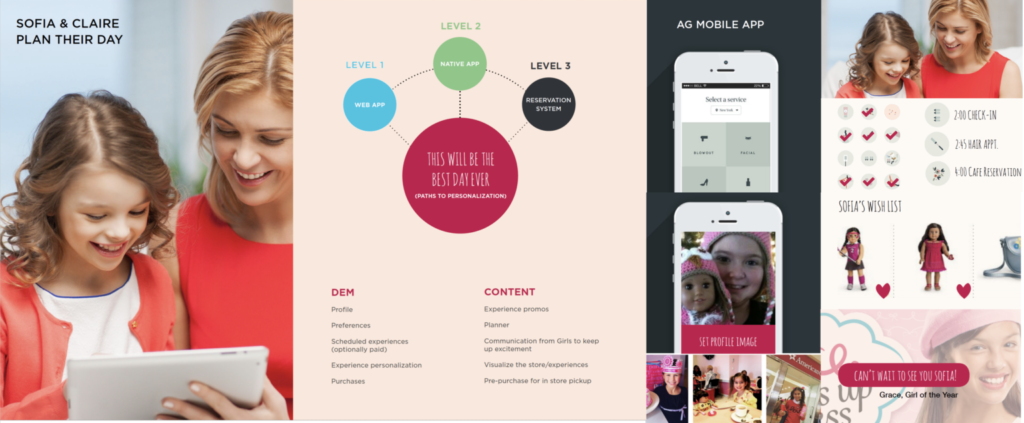
American Girl, Various Locations / Photography: Courtesy of NELSON Worldwide
Technology has transformed from a simple tool to an essential part of our everyday lives and is now the thread that ties us to our modern world, shaping our global experiences and interactions. This tethering of humanity to technology is a fundamental aspect of design; we rely on it as our primary source of information, entertainment and communication. How tech is integrated into the experience can, and should, range from loud and visible to calm and discovered.
The Power of Cross-Collaboration
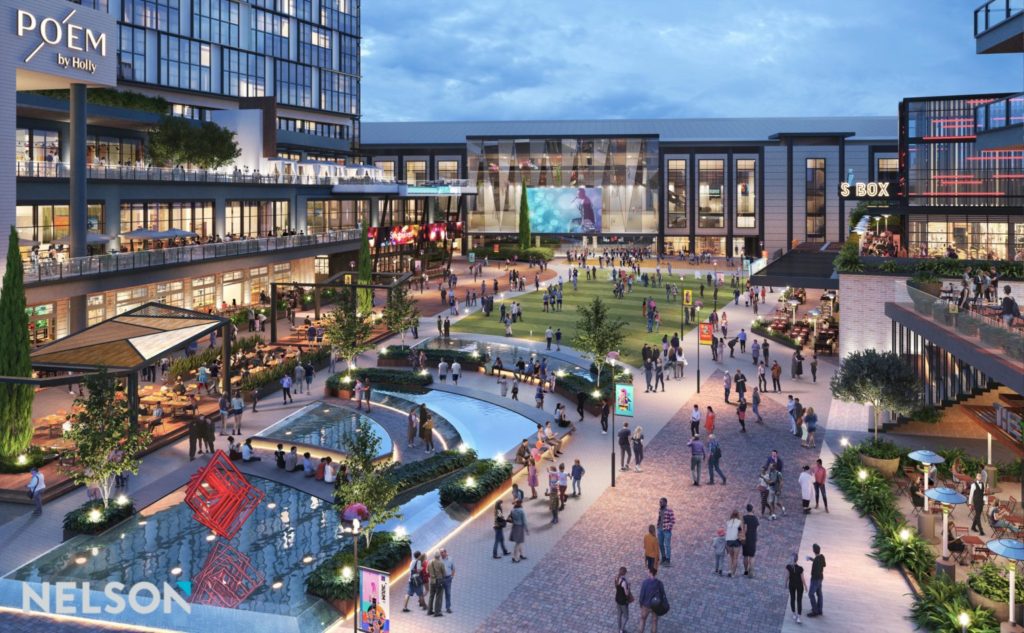
The Gathering at South Forsyth, Alpharetta, Ga. / Photography: Courtesy of NELSON Worldwide
In today’s interconnected world, it’s increasingly clear that collaboration across disciplines is essential to drive design innovation. Designers, architects and strategists from all sectors bring distinct perspectives, sources of inspiration and best practices, which opens communication channels that unlock the potential for growth, innovation and positive change. This collaborative dynamic is a testament to the versatility of design principles that prioritize people at the center of every experience, sparking new, exciting possibilities that can shape a brighter, more connected future.
As a collective design community, we share a fundamental truth that transcends the boundaries of individual industry sectors: we have more similarities than differences when it comes to creating, designing and building brand-relevant and engaging experiences for us – humans. Whether we’re optimizing workplaces, shaping healing healthcare spaces, crafting relaxing hospitality getaways, increasing productivity in a warehouse or shaping retail, the core principle remains constant. It’s about putting people, their needs and their emotions at the center of our creative process. This shared commitment to enhancing the human experience unites us in a common mission, as the universal language of design thrives on its ability to inspire, innovate and transform the world around us.
Advertisement

 Photo Gallery1 week ago
Photo Gallery1 week ago
 Headlines4 days ago
Headlines4 days ago
 Headlines1 week ago
Headlines1 week ago
 Headlines2 weeks ago
Headlines2 weeks ago
 Headlines1 week ago
Headlines1 week ago
 Designer Dozen1 week ago
Designer Dozen1 week ago
 Headlines1 week ago
Headlines1 week ago
 Headlines1 week ago
Headlines1 week ago







